The Human Microbiome Project spanned over 10 years and resulted in a foundational reference dataset for genomic diversity in human microbes, laying the groundwork for many studies to come. AXS Studio was tasked with encapsulating this diversity in an eye-catching editorial cover befitting the Nature journal.
Nature Journal Cover
Look Development
Bacteria and other microorganisms often get a bad rap, and are painted as agents of disease and infection. In reality, our microorganisms are mostly commensal, and do not cause us any harm.
In order to combat this stereotype, a key goal for our scientific illustration was to depict the organisms of the microbiome in a non-threatening and pleasant style. To achieve this, we drew inspiration from the lush organic landscapes of underwater coral, which had complex geometric shapes similar to what we wanted to evoke. Coral reefs are also a vibrant symbiosis of life and biodiversity, another parallel to our own microbiomes.
We aren’t the only ones who drew a connection between reefs and the microbiome! Another major source of inspiration for us was artist Rogan Brown, who creates meticulously detailed reefs of microorganisms using layered cut-paper. With the coral reef metaphor in mind, we set forth to create the first draft of the cover.
We researched over 35 cell types mentioned in three studies from this issue of Nature to ensure accuracy of scale and form for each. In order to demonstrate the true diversity of the human microbiome, several populations from different parts of the body were collected and shown in this one image. The resulting scientific illustration is a colourful snapshot of just a fraction of the diverse ecosystem within us.
Rough Drafts
As with all 3D illustrations, we began with an initial greyscale rough draft, created with Autodesk Maya. The rough draft stage allows us to set the scene and experiment with different camera angles and layout designs to determine which one works best.
To keep the Maya scene light, our Head of Animation Julian Kirk-Elleker used MASH networks to place two-thirds of the bacteria, and hand-placed and posed the remaining third. Once the rough draft and layout were approved, it was time to add colour! The challenge was to include a lot of visual detail without overwhelming the viewer. The different cells and microbes needed to look distinct, yet cohesive. Julian experimented with various colour palettes to try to come up with a solution:
In the end, we decided to go with a combination of all the different colour options by incorporating the elements we liked most from each.
Julian used several visual strategies to achieve the final look. He avoided excessive value-contrast by using mostly hue and saturation to distinguish between microbe species. He added a subtle hue gradient from blue in the top right to yellow-green in the bottom left to maintain visual coherence and gestalt. By using depth of field and contrast, he draws attention towards the middle third of the image, where the title will be.


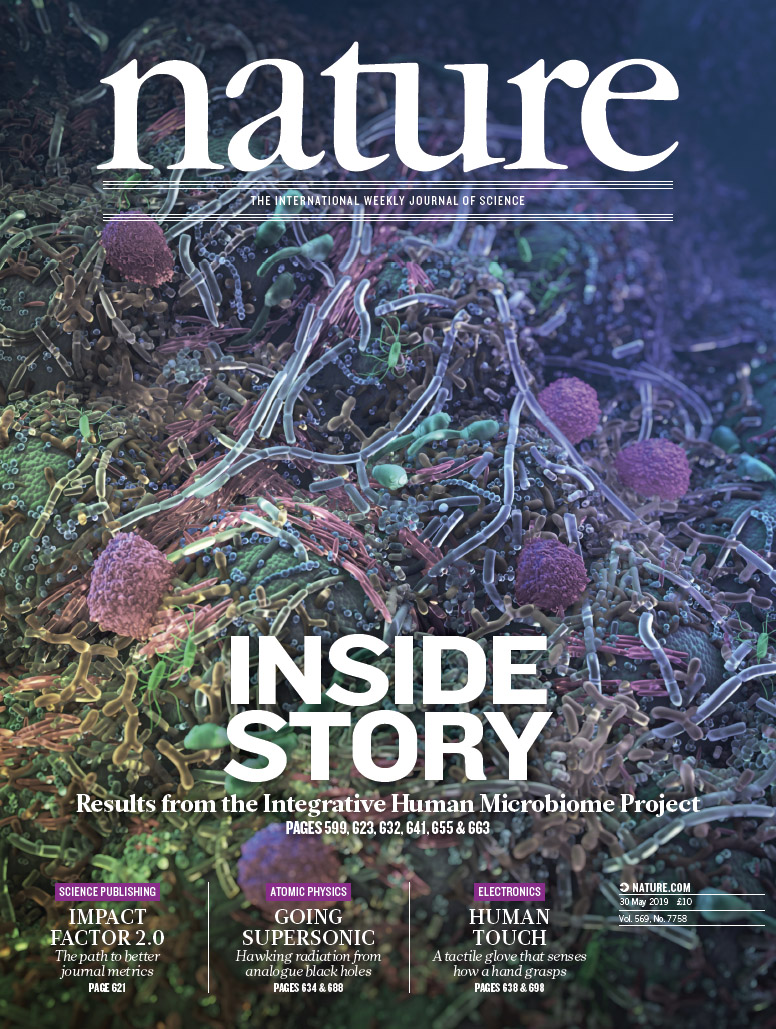
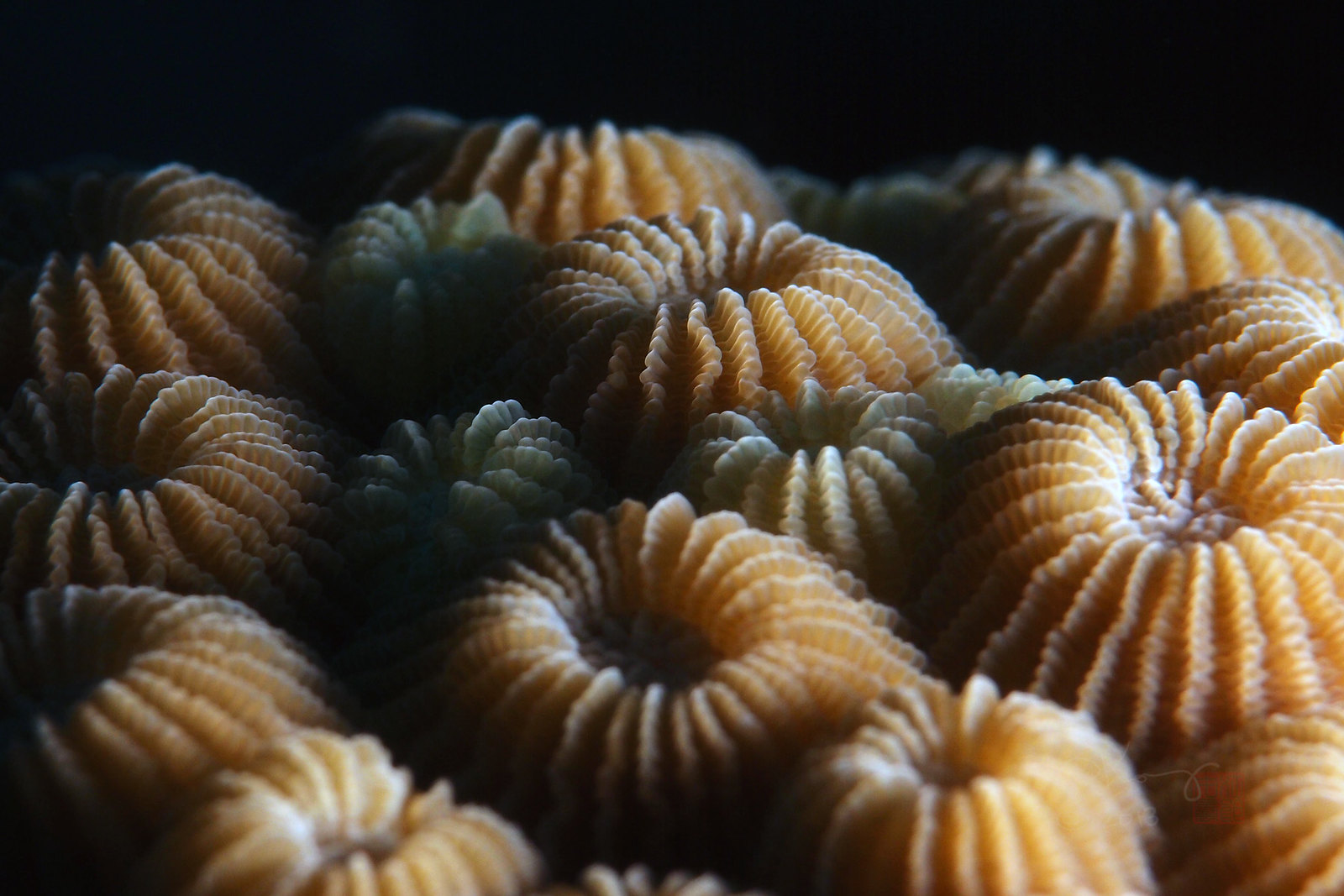

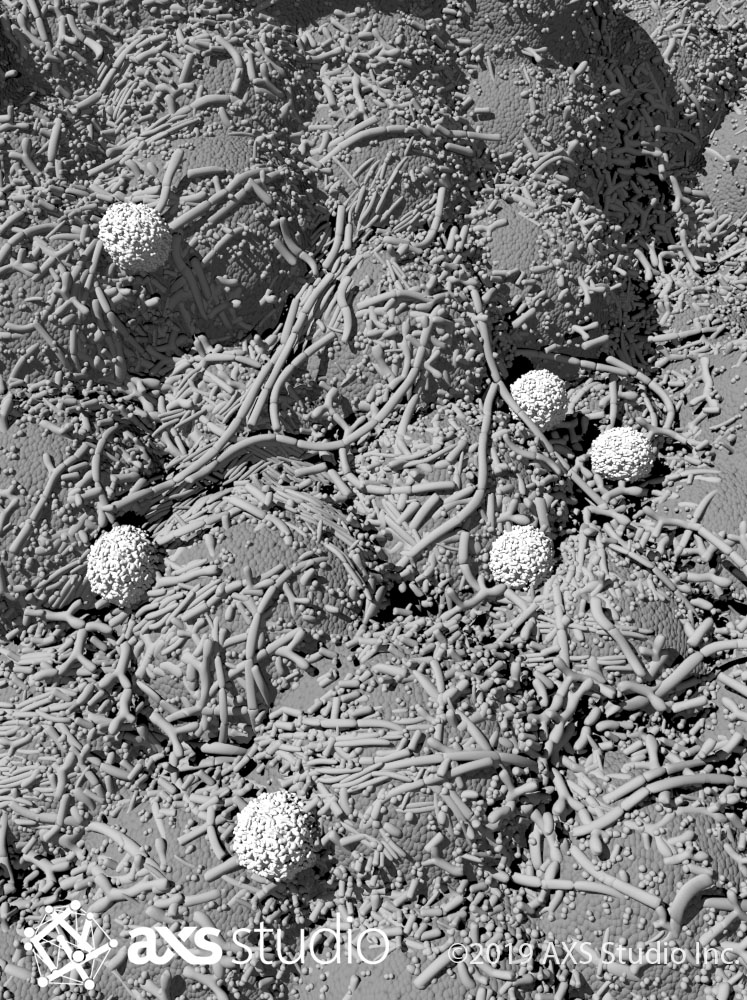



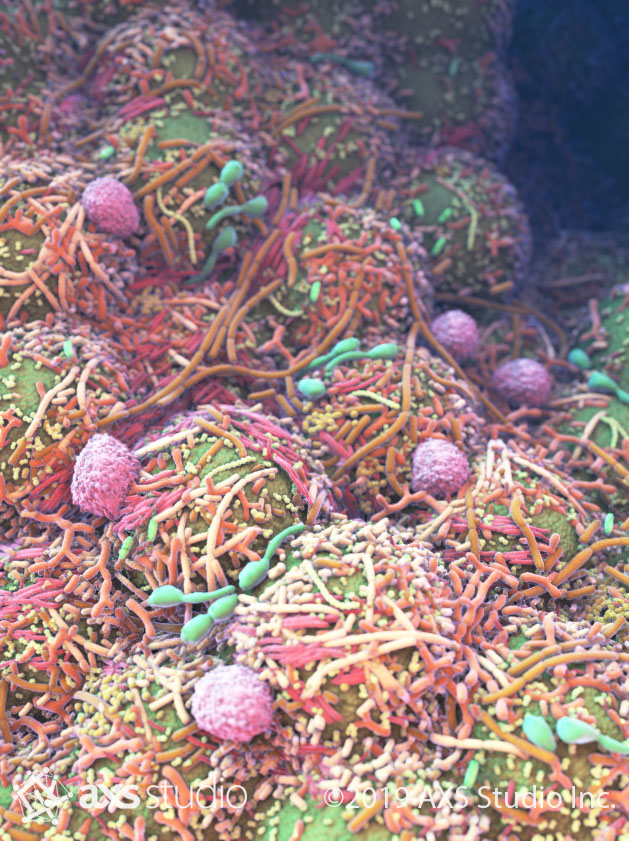
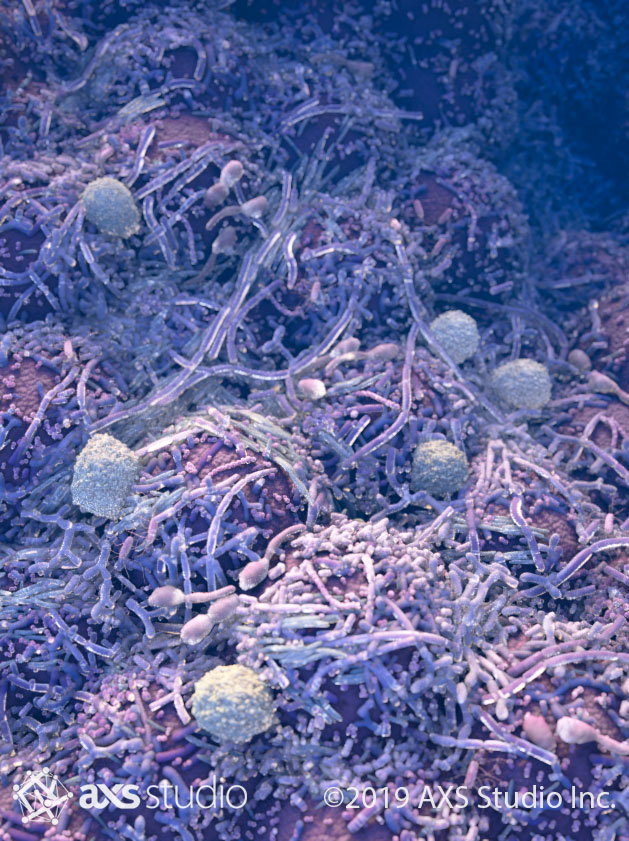
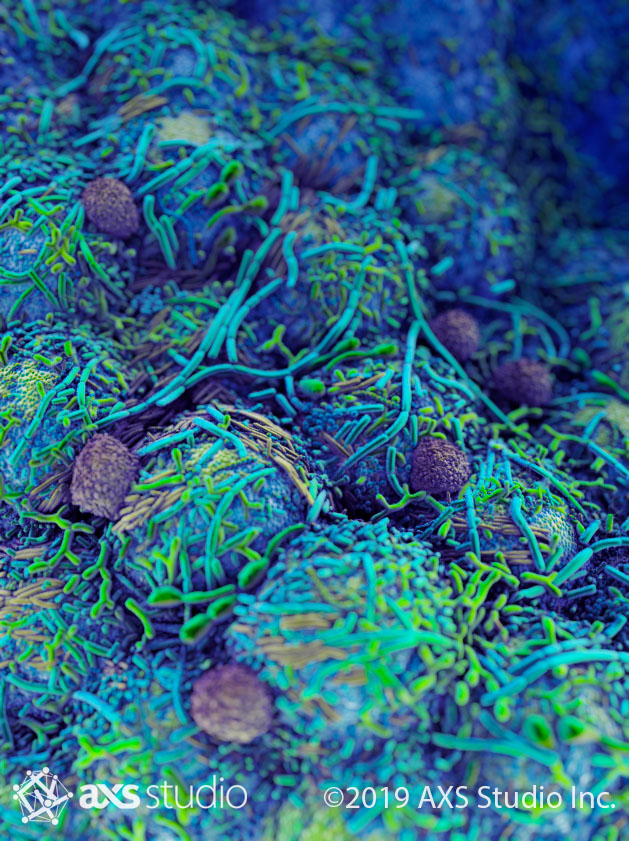
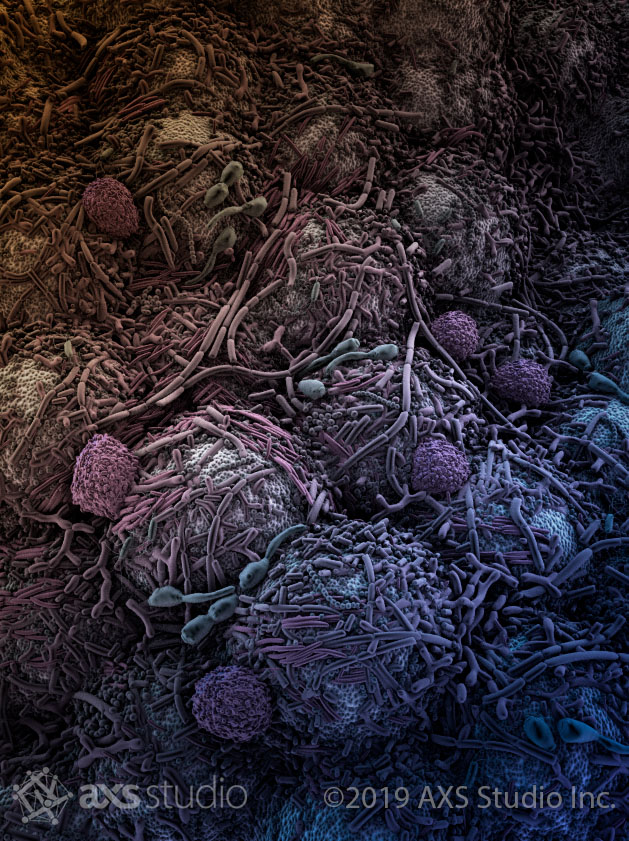



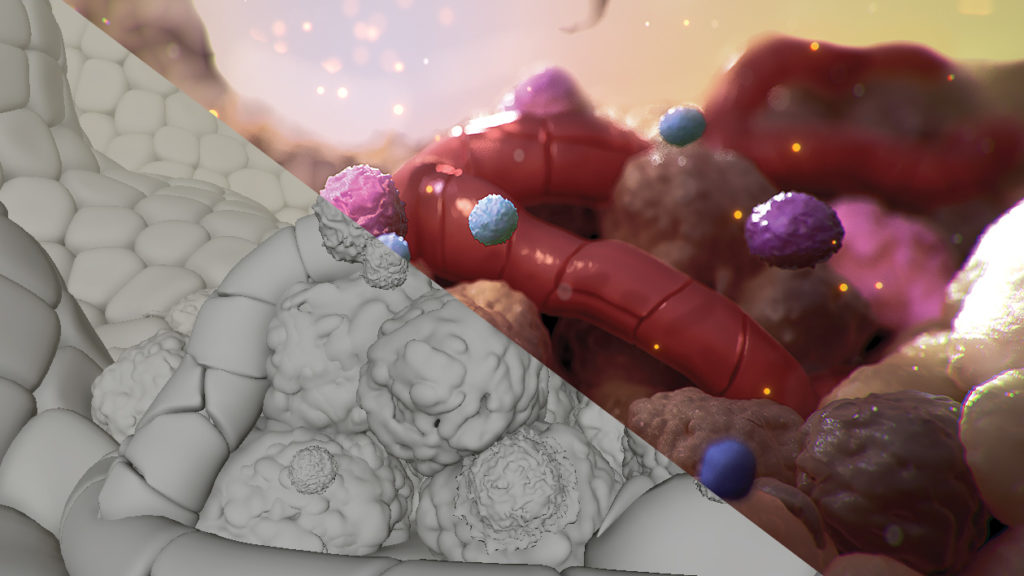


One Response
Wow, I just found you guys work on Creativeboom.com and I loved it! The 3d animation of your channel… and now see how you make an illustration based on a microscopic photograph is really amazing! I would love to receive a newsletter of your blog posts.